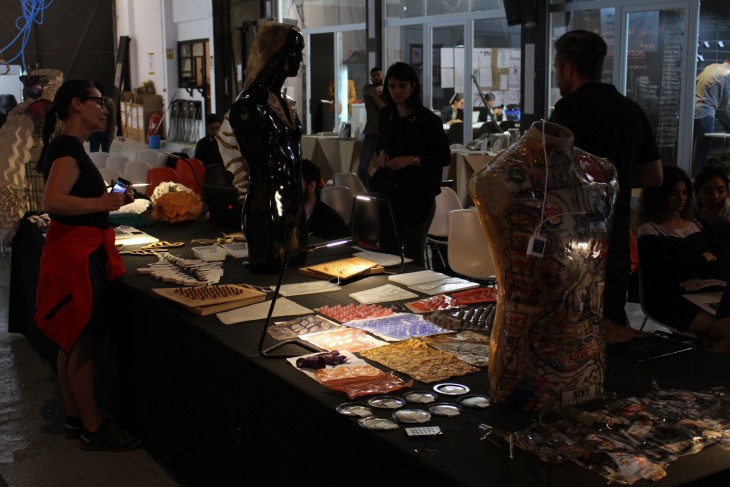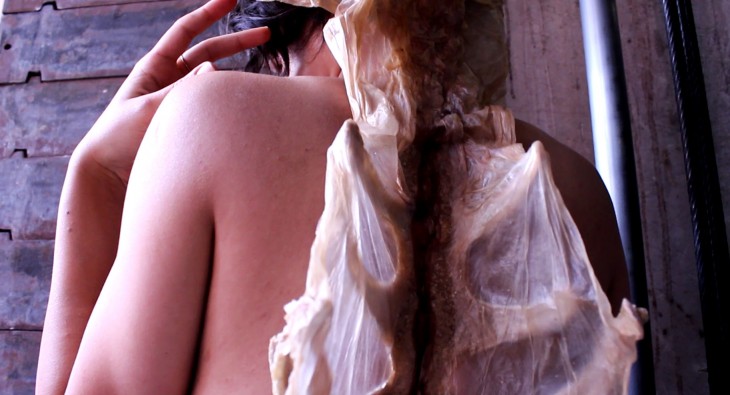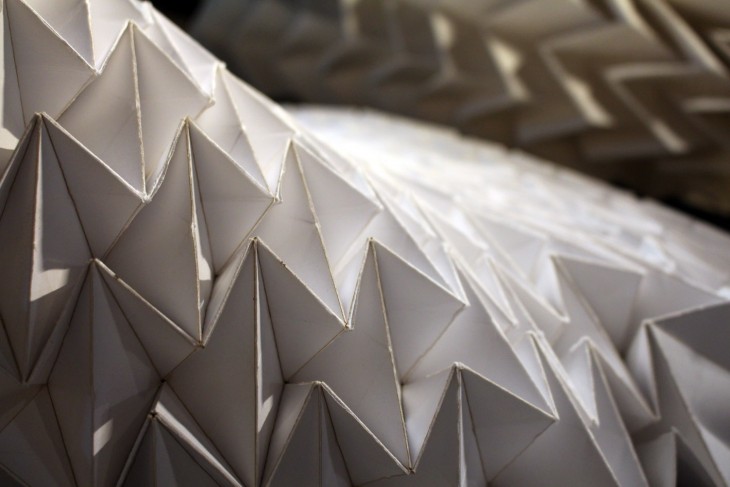Master in Advanced Architecture – Skin2 Seminar Final Presentations
What will the human of the future be like? Focusing on the human skin, as a means for protection but also a mediator of our senses and the environment, the Master in Advanced Architecture seminar Skin2 led by Manuel Kretzer and Anastasia Pistofidou, wanted to look into ways of creating novel interactions and bodily experiences.
MAA students experimented with raw materials and recipes to create thin membranes and surfaces, which were further supplemented through embedded electronics. Besides developing advanced material systems, a crucial task for the students was been to think about the practical applications and implications of a second skin.

Final Presentations
The first phase of the seminar focused on creating new materials or combining existing materials into advanced composites, with a particular focus on bioplastics and kombucha. During the second part of the course students could investigate the augmentation and actuation of the material systems through means of electronics and physical computing.
The final phase was reserved to developing a functional application, working prototype and speculative future scenario, presented through means of video and material catalogues.

BIO[lum]SKIN Project

Miura ori-Skin Project
How to feel, communicate and protect ourselves through a second skin? Miura ori-Skin is a thermochromic, origami folded membrane, which express through vibrations the emotions of the user. Safe Skin is an interactive membrane which creates possibility of dialogue protecting users’ comfort zone. VOIDSKIN ensures protection against dematerialization while incorporating thermonegative resistance to plasma weapons.
How a second skin could help in balancing the effects of global warming? BIO[lum]SKIN is an extension of the human body, creating a new organ to host the sea creatures.
Skin2 is one of the elective seminars of the Master in Advanced Architecture, an innovative program focusing on five Research Lines led by internationally renowned experts. Aim of the master is to bring together students and faculty from different disciplines towards the creation of a networked hub dedicated to research and innovation for the habitability of the 21st Century.
Learn more about the master program by clicking here.
